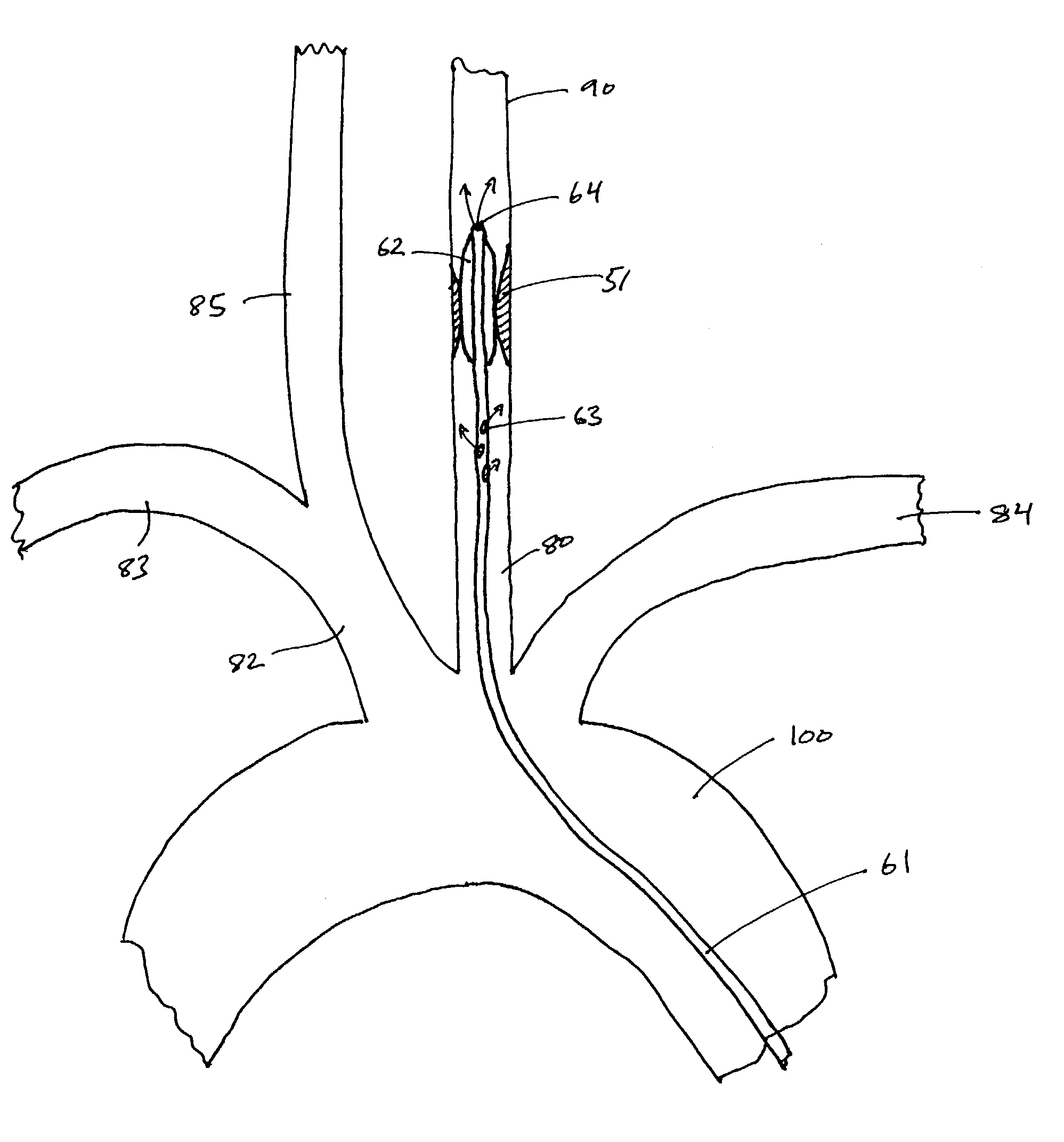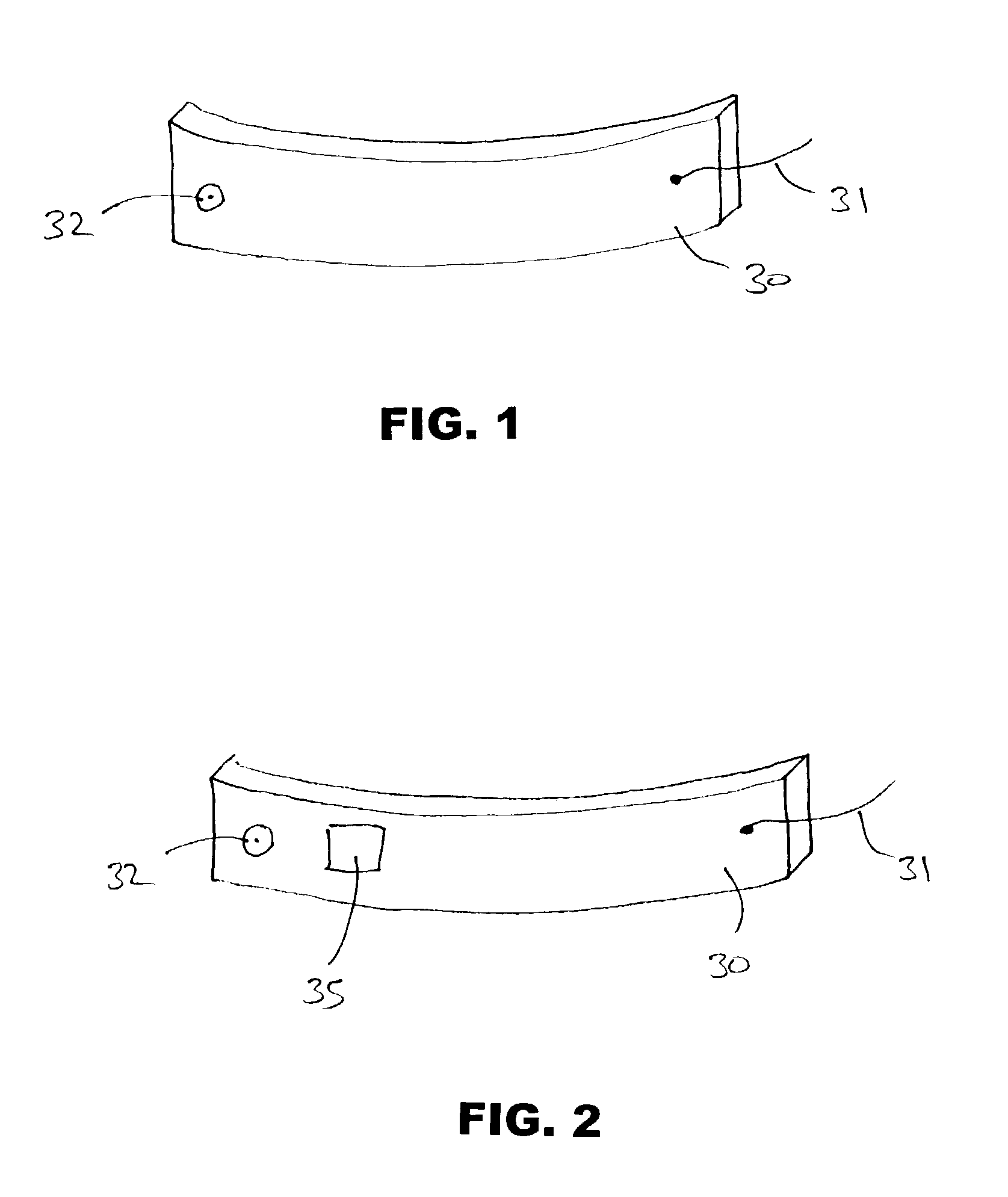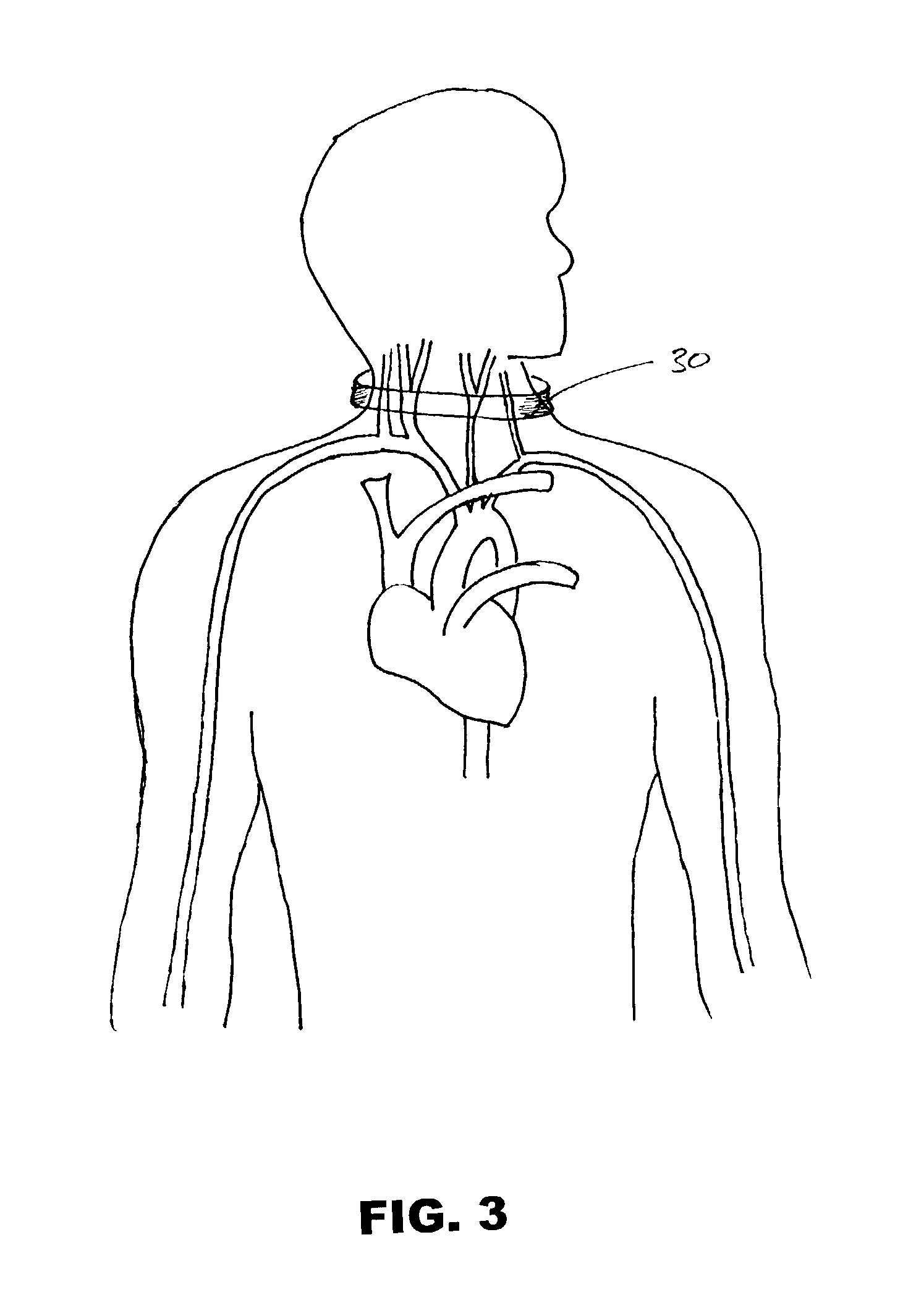Regulation of cerebral blood flow by temperature change-induced vasodilatation
a technology of vasodilatation and cerebral blood flow, which is applied in the field of temperature change-induced vasodilatation-induced vasodilatation-induced cerebral blood flow regulation, can solve the problems of neurological deficit to irreversible damage, reduced oxygen and nutrients to tissues, and often disabilities of patients experiencing cerebral ischemia
- Summary
- Abstract
- Description
- Claims
- Application Information
AI Technical Summary
Benefits of technology
Problems solved by technology
Method used
Image
Examples
Embodiment Construction
[0022]The devices and methods disclosed herein are to be used in treating patients suffering from global cerebral ischemia due to systemic circulatory failure, and focal cerebral ischemia due to thromboembolic occlusion or vasospasm of the cerebral vasculature. However, it will be understood that the devices and methods can be used in other medical conditions.
[0023]A cooling or warming device in accordance with the present invention is depicted in FIG. 1. Cooling pad 30 comprises a flexible band of material that can be placed around the neck and comfortably conforms to the skin. Strap 31 attaches to button 32 to hold cooling pad 30 in place during use. The cooling pad can be made of a thermal gel material that is cooled in a refrigerator or freezer, the gel being packed in a plastic sleeve. In certain embodiments, the plastic sleeve will be placed within a felt material to avoid freezer burn on contact with the skin and to give a more comfortable fit for extended use. In other embod...
PUM
 Login to View More
Login to View More Abstract
Description
Claims
Application Information
 Login to View More
Login to View More - R&D
- Intellectual Property
- Life Sciences
- Materials
- Tech Scout
- Unparalleled Data Quality
- Higher Quality Content
- 60% Fewer Hallucinations
Browse by: Latest US Patents, China's latest patents, Technical Efficacy Thesaurus, Application Domain, Technology Topic, Popular Technical Reports.
© 2025 PatSnap. All rights reserved.Legal|Privacy policy|Modern Slavery Act Transparency Statement|Sitemap|About US| Contact US: help@patsnap.com



